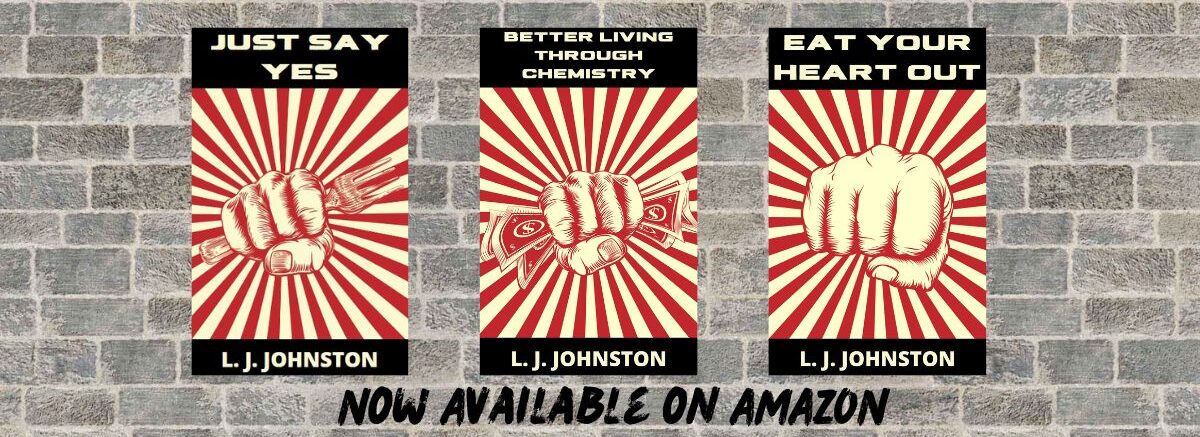In honor of Women's History month, I want to give props to The State, our local newspaper here in Columbia, SC, for the fun article on South Carolina women they published last spring. The article was in a quiz format. Being relatively new to SC, I failed the quiz big-time. I cherry-picked some favorites from the original 19 questions, just in case some of you are as woefully unaware of these cool factoids as I was.

Mary Boykin Miller Chesnut was born on her father's plantation in 1823 in Stateburg SC which is between Columbia and Sumter. Chesnut is the 1860s female version of Jon Stewart - educated, opinionated, entertaining. Her claim to fame is her Civil War diary. An annotated version won the Pulitzer Prize. Ken Burns referred to it extensively in his Civil War documentary. I'm super pumped to get reading it as my kids gifted it to me on my recent birthday. One of hundreds of her pithy quotes regarded plantation life versus life in the big city: "These people have grown accustom to dullness. They were born and bred in it. They like it as well as anything else."

I actually knew the answer to the first question in their quiz because I wrote a biography of her several years ago. But I had forgotten she was from South Carolina. Mary McLeod Bethune was born in 1875 in Mayesville SC, a hamlet of a few hundred souls between Sumter and Florence. She was obsessed with education. Through a somewhat miraculous series of events considering her family's humble circumstances, she attended school and eventually earned her teaching degree. Bethune founded a school for girls and was one of the first of her race and gender to serve as a college president. This child of former slaves advised Franklin Delano Roosevelt and three other presidents.

Who doesn't love Eartha Kitt? So talented, so lovely, so purrfect. She's been described in more feline terms than the Pink Panther. Orson Welles called her 'the most exciting woman alive'. Apparently he also found her delicious, as he is reputed to have bitten her during a scene they had together in the play "Time Runs". She was born in 1927 the amusingly named North, SC, a small town south of Columbia. So many fun little factoids about her, it's hard to choose one (and that one about Welles is pretty tasty!) but I love that later in her career, she referred to herself as "the original 'Material Girl'". Take that, Madonna!

Tennis Grand Slam champion Althea Gibson grew up in Harlem but was born in Silver, South Carolina (between Sumter and Lake Marion) also in 1927. She struggled in the classroom but was an athletic prodigy. Her tennis skills earned her a scholarship to Florida A&M University. Gibson was the first African American to compete in the U.S. Open; the first to win the French Open; and the first to win Wimbledon, in 1957- almost 20 years before the first African American man would win that title (Arthur Ashe, 1975). Not satisfied with breaking barriers in tennis, Gibson was also the first African American member of the LPGA (golf). Is there any game she couldn't play??

Have you seen that commercial envisioning the time when we see the first pitch thrown by a female in a major league baseball game? Well, it's sorta been done. Mamie 'Peanut' Johnson was one of the first women, and the first pitcher, to play in the Negro Leagues baseball league. She was born in Ridgeway, just north of the Columbia metro in 1935. She honed her pitching skills by throwing rocks at the crows on her grandmother's farm. Peanut played for the Indianapolis Clowns in the 1950s. She retired with a record of 33-8. All those wins from a player who was only 5'-3".

There are some wild and woolly tales floating around out there about Lillian Ellison, aka Fabulous Moolah. Even her birthplace sounds fantastical: 'Tookiedoo'. I have never heard of this place but apparently it is, or was, in the Columbia area. Moolah led quite a life. Sex, drugs, match fixing, racial tensions, sexism, feminism, fraud, midgets (their term, not mine) - name the issue, Moolah dabbled. Her favorite move: the 'flying mare'. "A flying mare is when you get a girl by the hair of the head and pull her over your shoulder, then slam her to the mat as hard as you can. And I love doing that."
She only lived there for two months before moving with her family to the

northeast, but South Carolina is not one to be swept up on a technicality, so that two months counts, by golly! Viola Davis was born in 1965 in St. Matthews, which is an easy drive down I-26 from Columbia. She's been in a ton of stuff, but here's a fun tidbit: it's her voice we hear grilling George Clooney in the first scene of Ocean's Eleven. She's got a hit with the TV show, How To Get Away With Murder. And she can now add an Oscar to her list of accomplishments.
I would love to see all of these gals at together at a Girls Night Out. I think Chesnut and Moolah would get along like a house on fire.
The original version of this article was published in March 2016.



 Not being a country music fan, about all I know about Kitty Wells before listening to her obit on NPR is that she was a singer in that genre. What piqued my interest was that she was one of the first female singers to hit big. Her first hit, 1952's
Not being a country music fan, about all I know about Kitty Wells before listening to her obit on NPR is that she was a singer in that genre. What piqued my interest was that she was one of the first female singers to hit big. Her first hit, 1952's 


